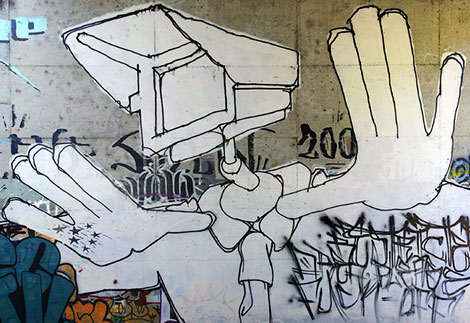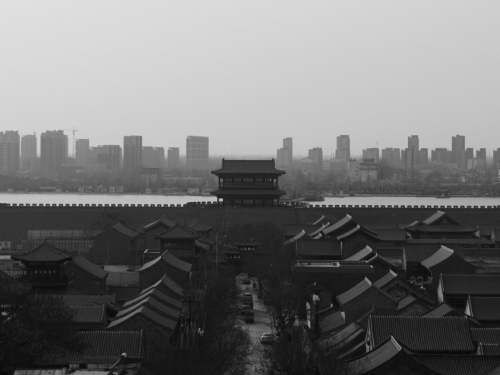
This article was originally published by Political Violence @ a Glance on 23 May 2017.
On March 17th, a US airstrike killed nearly 300 people in the densely populated area of western Mosul. This deadly attack – along with other reports of mounting civilian casualties from US airstrikes in Iraq, Syria, and Yemen – are raising questions about whether the Trump administration has relaxed the rules of engagement.
Since entering office, President Trump has sought to reduce the constraints on the use of force imposed by his predecessor. For instance, he has designated parts of Yemen and Somalia as “areas of active hostilities,” giving the US military greater latitude to carry out airstrikes and ground raids. His new plan to defeat ISIS is also expected to include “recommended changes to any United States rules of engagement and other…policy restrictions that exceed the requirements of international law.” So far, both administration and military officials have denied that a formal change in the rules of engagement has taken place. But human rights groups are saying that even the perception of declining concerns over civilian deaths can have a “detrimental strategic impact” on the fight against ISIS, with dire humanitarian consequences.



